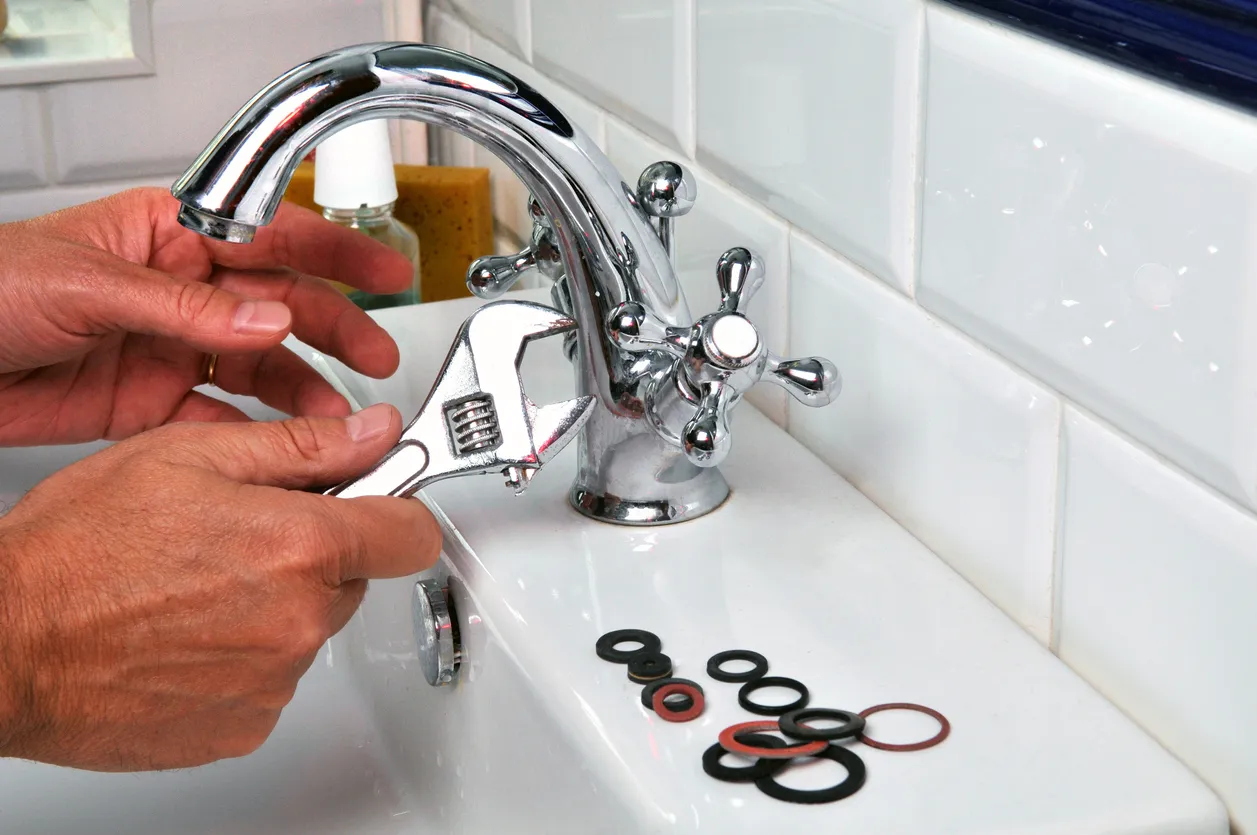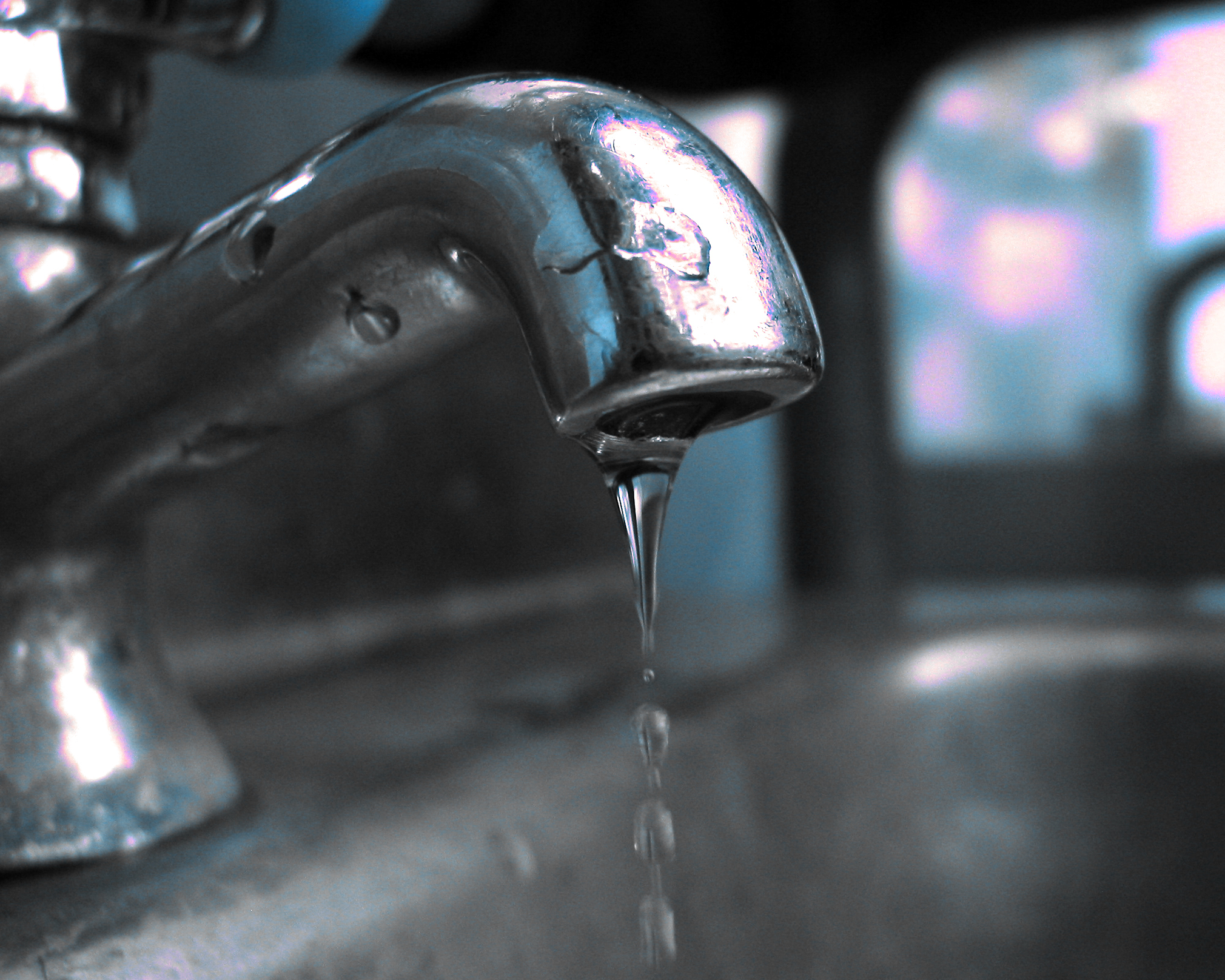Why It's Critical to Resolve a Broken Faucet
Why It's Critical to Resolve a Broken Faucet
Blog Article
In this article below you will discover a good deal of brilliant content around Why Are My Faucets Dripping (And Can I Fix It Myself)?.

Dripping faucets might look like a minor hassle, however their impact goes beyond just the inconvenience of the audio. From wasting water to incurring unnecessary financial costs and health and wellness threats, ignoring a dripping tap can result in various repercussions. In this article, we'll look into why it's critical to resolve this typical household problem immediately and efficiently.
Wastage of Water
Ecological Influence
Leaking faucets add considerably to water waste. According to the Epa (EPA), a single tap dripping at one drip per secondly can throw away more than 3,000 gallons of water annually. This not only pressures water resources but likewise impacts ecosystems and wild animals based on them.
Financial Costs
Increased Water Expenses
Past the ecological impact, dripping faucets can pump up water expenses substantially. The collected wastage gradually equates right into higher energy expenditures, which might have been prevented with prompt fixings.
Potential Home Damages
Moreover, long term dripping can lead to damage to fixtures and surface areas bordering the faucet. Water accumulation can trigger staining, deterioration, and even architectural issues if left neglected, causing extra repair prices.
Wellness Concerns
Mold and Mold Development
The consistent presence of moisture from a dripping tap creates an excellent environment for mold and mold development. These fungis not only compromise interior air high quality yet also position wellness risks, specifically for people with breathing conditions or allergic reactions.
Waterborne Illness
Stagnant water in dripping faucets can become a breeding place for bacteria and various other virus, enhancing the danger of waterborne illness. Impurities such as Legionella microorganisms flourish in stationary water, potentially causing severe ailments when ingested or breathed in.
Do it yourself vs. Professional Repair service
Pros and Cons of DIY Fixing
While some might attempt to take care of a trickling faucet themselves, DIY repair work feature their very own set of obstacles. Without correct knowledge and tools, do it yourself efforts can aggravate the concern or result in incomplete repair work, prolonging the trouble.
Benefits of Working With a Specialist Plumber
Working with an expert plumber ensures that the underlying source of the trickling tap is dealt with successfully. Plumbing professionals have the know-how and equipment to diagnose and repair tap concerns successfully, conserving time and lessening the threat of more damages.
Step-by-Step Overview to Dealing With a Dripping Tap
Devices Called for
Prior to trying to take care of a leaking faucet, collect the necessary devices, including an adjustable wrench, screwdrivers, substitute components (such as washers or cartridges), and plumber's tape.
Usual Faucet Issues and Their Solutions
Recognize the sort of tap and the details concern triggering the drip. Common issues include worn-out washing machines, corroded valve seats, or damaged O-rings. Describe producer guidelines or on-line tutorials for detailed guidance on repair services.
Safety nets
Normal Maintenance Tips
To avoid trickling faucets, perform routine maintenance such as cleaning up aerators, evaluating for leakages, and changing worn-out components without delay. Additionally, think about setting up water-saving tools or updating to more reliable fixtures.
Value of Prompt Repair Works
Attending to leaking taps as soon as they're discovered protects against additional water waste and potential damages, ultimately saving both water and money over time.
Influence On Building Worth
Perception of Well-Maintained Residential Or Commercial Property
Maintaining a property in good condition, including resolving maintenance issues like trickling faucets, enhances its viewed value and charm among possible buyers or renters.
Influence on Resale Worth
Residences with properly maintained plumbing fixtures, consisting of faucets, command greater resale values in the real estate market. Dealing with trickling taps can contribute to a favorable impact throughout home assessments and negotiations.
Ecological Duty
Private Contribution to Preservation
Taking duty for fixing leaking taps straightens with wider efforts toward water preservation and ecological sustainability. Every person's actions collectively make a significant influence on maintaining priceless resources.
Lasting Living Practices
By prioritizing prompt repair work and embracing water-saving practices, people add to lasting living techniques that benefit both present and future generations.
Final thought
Dealing with a leaking faucet exceeds plain benefit; it's an essential step toward conserving water, lowering financial costs, and securing wellness and residential property. Whether with do it yourself fixings or professional assistance, taking action to repair leaking faucets is a little yet impactful method to promote responsible stewardship of resources and contribute to a healthier, a lot more sustainable future.
Most Common Reasons for a Leaky Faucet and How to Stop the Drip
Whether it’s your kitchen faucet leaking or a bathroom faucet leaking, one leaky faucet can waste anywhere from three to 30 gallons of water every single day. If the constant drip-drip-drip doesn’t get your attention, your water bill will. The good news is that, by following a few simple steps, chances are pretty good you can fix the problem yourself.
Why is it dripping?
Before you start taking things apart, let’s break down some of the most common causes of a leaky faucet.
Bad O-ring.
A cartridge is a valve that controls the flow of water into the faucet spout. On cartridge faucets there’s an O-ring—the little disc attached to the stem screw that holds the faucet handle in place. If it’s loose or worn-out, it can cause your sink handle to leak. Of course, the cartridge itself could be worn out. If that’s the case, make sure you replace it with the exact same kind.
Corroded valve seat.
The valve seat connects the faucet and the spout. If the leak seems to be coming from the spout, it might be because a buildup of water sediment has corroded the valve seat.
Worn-out washers or seals.
A leaky spout could be caused by a bad washer that rests against the valve seat. It’s just a matter of time before friction takes its toll. It could also be the wrong size washer or one that’s been installed incorrectly. Water sediments can also corrode inlet and outlet seals.
Water pressure.
If the faucet only drips now and then, or when you turn the handles a certain way, you should probably check your home’s water pressure.
Loose or broken parts.
The adjusting ring and packing nuts in the stream screw can become loose over time, causing your sink handle to leak. Try tightening or replacing the packing nut. If the leak is coming from the pipes underneath the sink, you probably have a broken pipe or fitting. If that’s the case, you should definitely call a plumber.
Know your faucet.
Faucets come in a variety of types. Each one has its own assembly—and its own possible causes of leaks. Learning about the four most common kinds of faucets will help you know how to take them apart and make any repairs.
How to stop a leaky faucet
Fixing that leaky faucet doesn’t have to take a lot of time, money, or expertise. It’s usually a simple matter of replacing a worn-out washer or gasket, a loose O ring, or another part. Chances are really good you can do this yourself if you follow these simple steps.
Shut off the water.
Before you tackle the faucet, cut off the water supply to the sink. There should be one valve for hot and one for cold. Hand-turn them clockwise with your hands till they close. If there are no valves under the sink, head to the basement and shut off the main water supply to the house. Then turn on the faucet until it empties out the water that’s still in the line and you’re ready to start. It’s a good idea to cover the sink drain with a plug or a rag so you don’t lose any small pieces and parts while you’re working.

Hopefully you enjoyed our part on Water Dripping from Faucet: Why and How to Fix. Thank you for taking a few minutes to read our blog post. Sharing is caring. You won't know, you could be doing someone a favor. Kudos for being here. Revisit us soon.
Report this page